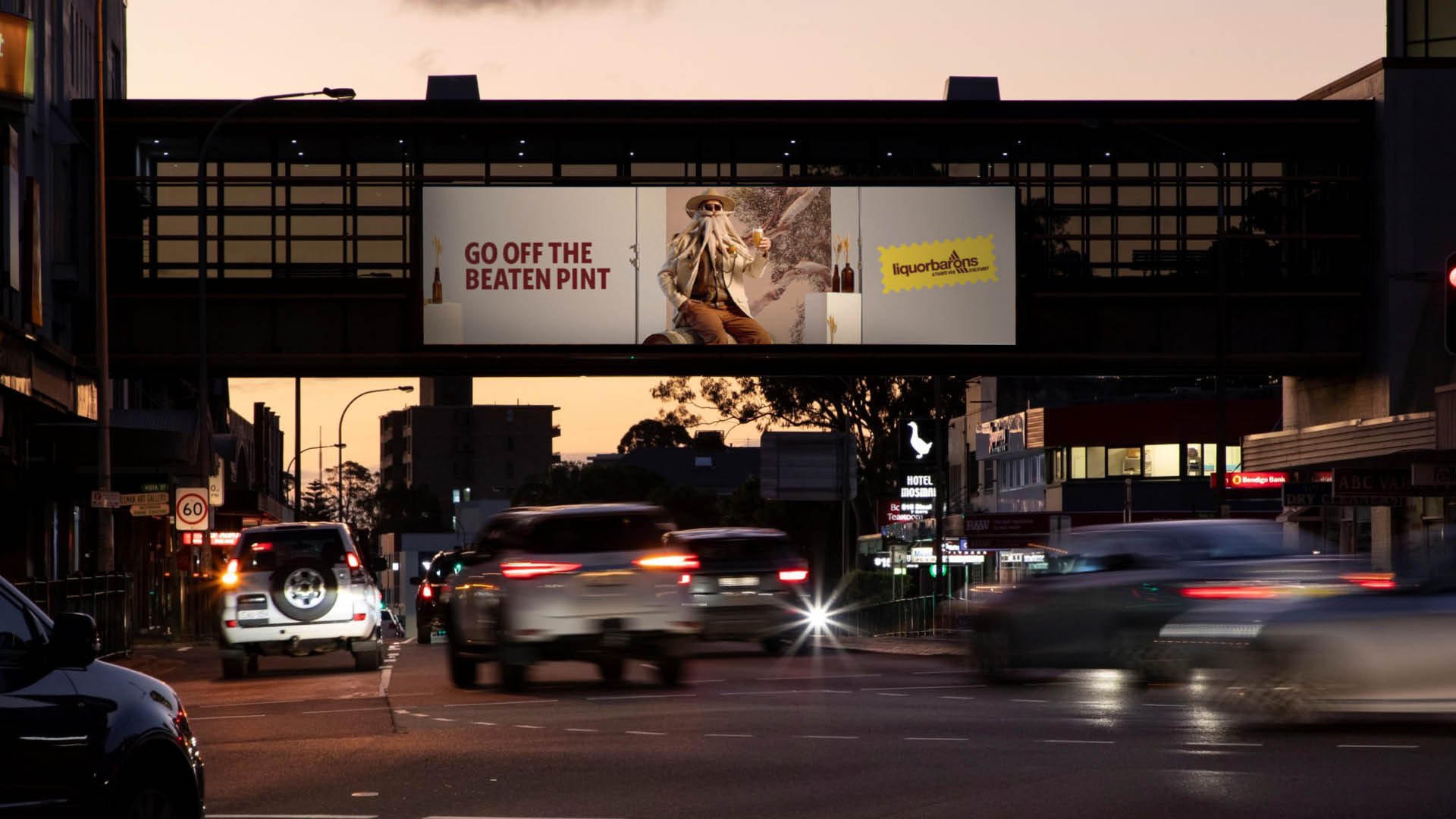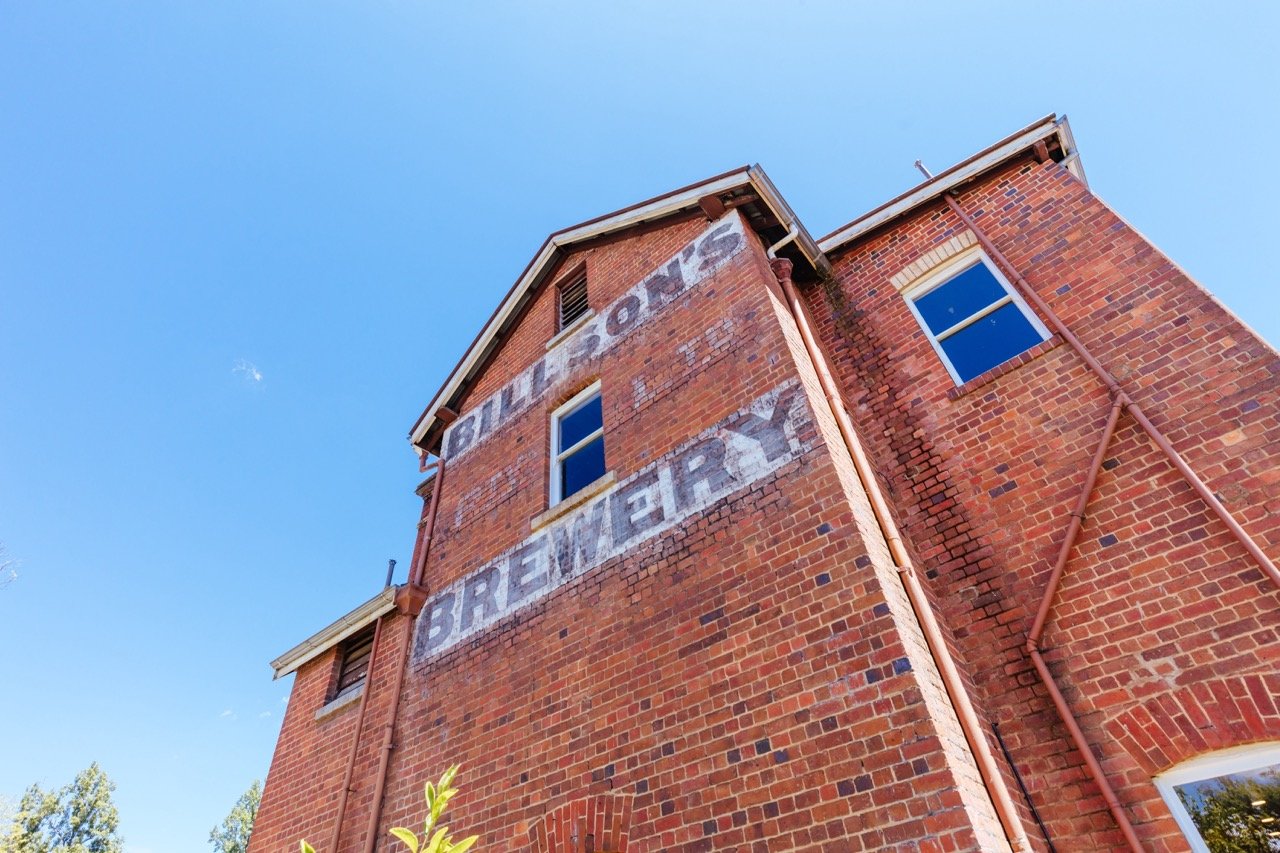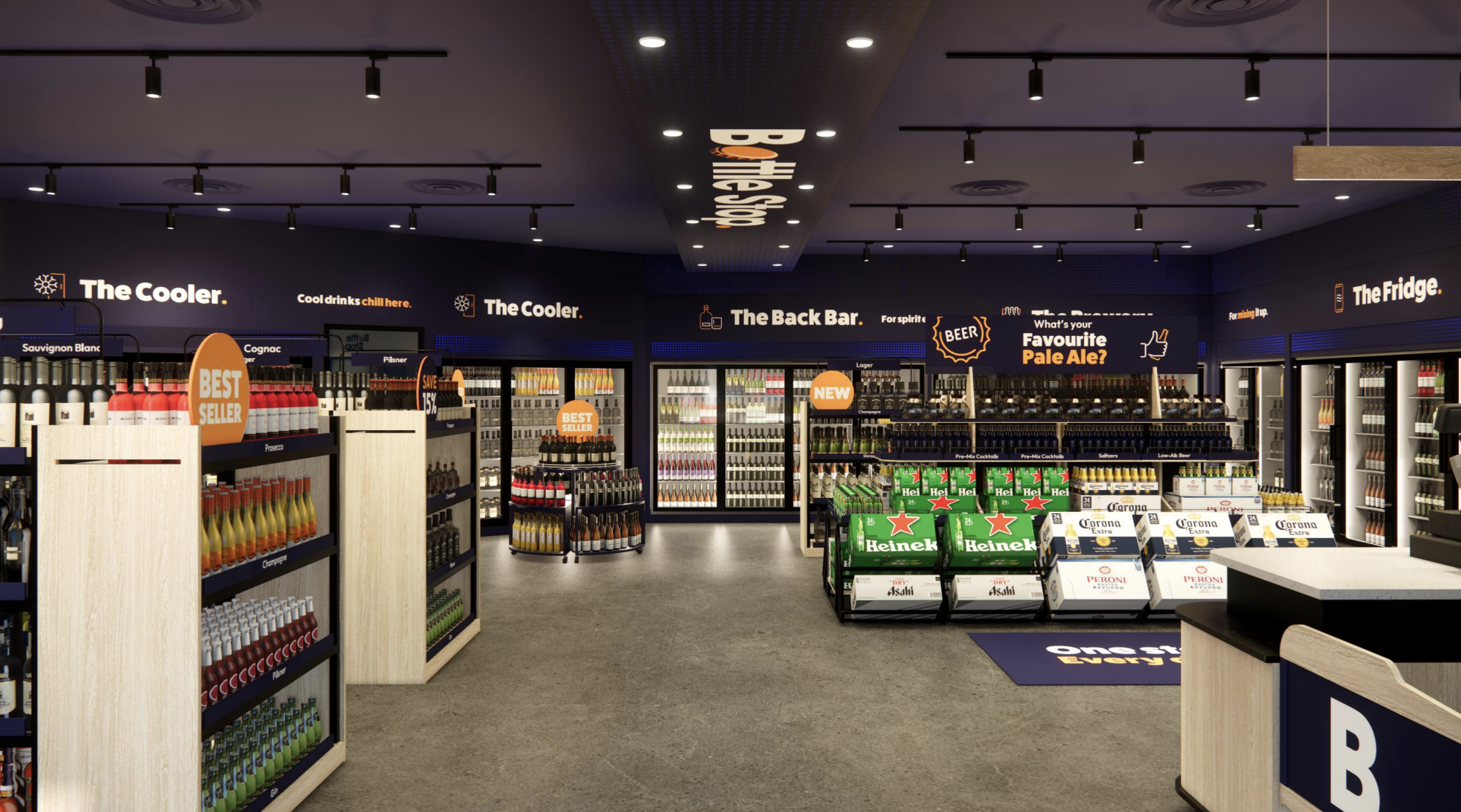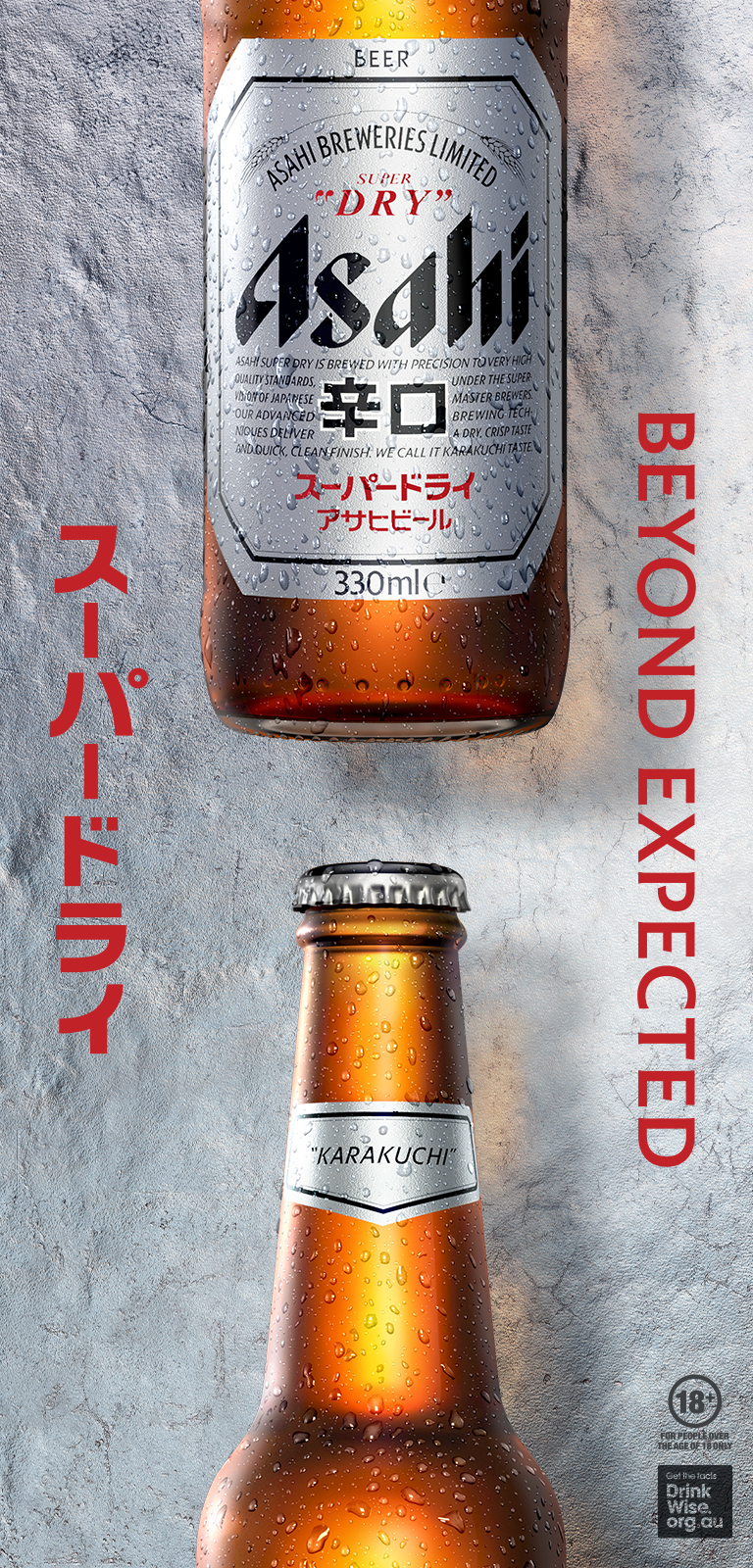Global Travel Retail (GTR) trends are adapting to post-COVID spending patterns, while consumers prioritise value over volume when on holiday, according to international alcohol market analysts IWSR.
Emily Neill, Chief Operating Officer of Market Research at IWSR, said GTR is transforming, and brand owners are reshaping strategies to adopt a more holistic approach across their retail channels.
“Brand activations will evolve to reinforce the halo effect from GTR to domestic channels. Renewed focus will fall onto sub-channels such as cruises and airline pour, and premium segments will regain market share as the channel increasingly embraces its role as a high-end product showcase,” she said.
According to IATA data, international air passenger numbers will not fully recover before 2025/26, which, combined with the cost-of-living situation, high global inflation, economic concerns and the impact of the war in Ukraine, means full recovery of pre-COVID GTR levels remains elusive, at least in the short term.
The pace of GTR recovery will greatly depend on the return of Chinese nationals to international air travel as economic concerns continue to impact both business travel and tourism in terms of expenditure, frequency and length of trips.
IWSR’s key drivers for the global travel retail channel in 2023 include:
- Targeting the luxury consumer
“The rise of standalone boutiques, shop-in-shop concepts, pop-ups and tie-ins with non-beverage luxury brands in GTR environments are all indications of brand owners seeking to target not only the high-end drinker, but also the more general luxury shopper who may also be after fashion, accessories or cosmetics,” said Jairo Lopez Suarez, Head of Global Travel Retail Insights at IWSR.
- Chinese international travel
“GTR – not only in APAC, but around the world – is waiting a pick-up in international travel activity by Chinese nationals after pandemic rules were relaxed in early 2023,” said Suarez. “Hub airports and points of departure for flights back into China will be key – more so than Chinese airports.”
- Champagne and whisky
GTR whisky volume grew by 77 per cent in 2022, according to IWSR figures, and is expected to rise by 16 per cent in 2023, recording a CAGR increase of +8 per cent between 2023 and 2027.
“Whisky proved the key engine for volume recovery in 2022, notably US whiskies benefiting from strong performance in the Americas,” said Suarez. “Blended and malt Scotches also posted strong growth in 2022, but from a deep drop, and are still way short of pre-crisis volumes.”
“The return of the Chinese traveller is less important for Champagne than it is for spirits – European travellers are the leading consumer group,” explains Suarez. “As Europeans are, however, particularly squeezed by inflationary pressures and the tightening of the cost-of-living situation, future growth rates of Champagne are expected to level off.”
Stay up-to-date with the latest industry news with the Drinks Trade e-newsletter.
Share the content










